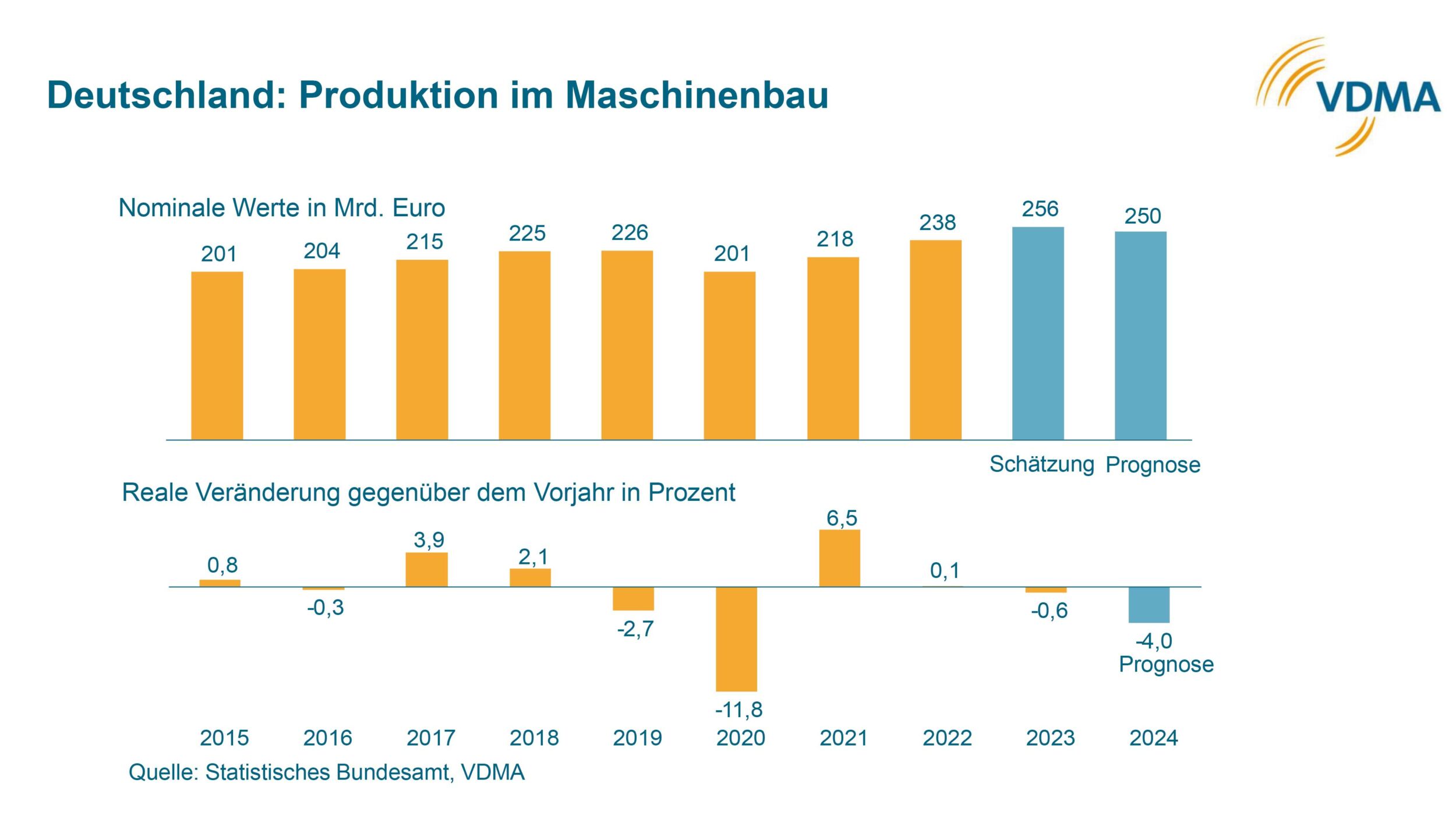Inspecting 3D Curved Glass
Confocal 3D Scanner for Screen Control of Smartphones
The 3D Line Confocal Scanner UULA is an automated optical 3D imaging and metrology system for submicron level accurate measurements on any material. The Line Confocal Imaging (LCI) technology enables customers to model demanding surfaces and shapes, even mirror-like, curved and transparent objects. The LCI sensor detects millions of 3D points per second, and it can distinguish irregularities of less than one micron.

The UULA scanner has been used to illustrate a curved glass display of a smartphone to detect the shape of the glass. In addition, the gap and offset between the glass and the frame has been measured. (Figure: FocalSpec Ltd)
Modern screens come in various shapes and sizes, and the demand grows continually. This means that there is a greater need for a quality control system that works both fast and consistently, in a wide variety of manufacturing setups. To answer this need, the 3D Line Confocal Scanner UULA was launched. It is the first automated at-line 3D imaging and metrology system, that can provide fast and accurate sub-micron level measurements on any material. Glass surface quality is an essential determining factor for both the appearance of an end-product and the functionality of components in the field of manufacturing. Take a Chinese smartphone OEM factory as an example. More than 30% of the available manpower is consumed on the appearance inspection during the manufacturing process. To minimize inspection cost and human error as well as accelerate throughput times, automatic inspection systems which employ fast and accurate image capturing and processing technologies are in high demand. The UULA scanner can provide fast and accurate 3D topography and dimensions measurement and analysis, tomographic imaging. It can also provide high-precision 2D imaging with an extended sharp focus range of all transparent materials including even 2.5D or 3D curved glass. The system utilizes the patented LCI technology and the full range of FocalSpec sensors. The LCI sensors can be used to acquire data at a speed of millions of 3D points per second. This allows for a precise view of the possible irregularities of even one micron in the end-product, regardless of its shape or size. Besides consumer electronics manufacturing, the system can be utilized in various other fields, such as medical device manufacturing, steel, plastics, and container manufacturing and the automotive industry.












